I absolutely adore the white wines of Alto Adige-Südtirol. They are the people that convinced me that all Pinot Grigio was not simply alcohol water. They showed me that Chardonnay outside of Bourgogne and California’s Central Coast could seriously make me swoon! And they showed me that smaller could indeed be better – they are one of Italy’s smallest wine regions, but make an amazing array of wines. And they are all about quality. Over ninety-eight percent of the region’s production falls under DOC classification – the highest of any Italian region. It just may be one of the highest quality wine regions hiding in plain sight.
I’m such a fan and believer of the region that I spent hours (yes hours!) on a piece for the folks at a the Vintner Project because I wanted to tell the story of this region. Be sure to check it out: The New Guard Forges Ahead in an Ever-Changing Alto Adige-Südtirol.
But I’m here to talk about the red wines of Alto Adige – Südtirol…
A Little History
As one of the oldest wine regions in Europe, winegrowing in Alto Adige-Südtirol dates back to at least 500 B.C. and had early contributions from the Rhaetians, Romans, Bavarians, and Swabians. The combination of the Rhaetian tradition of winegrowing, who were the original inhabitants of the region, and Roman winemaking techniques during the time that the region was part of the Roman Empire in 15 B.C., led to the first ‘Golden Age’ of winemaking. During the Middle Ages, monasteries from what is now southern Germany, acquired wineries and engaged in winemaking activities that would last for nearly a thousand years. Initially, the winemaking focus was on youthful white wines, but beginning in the sixteenth century, the focus began to shift to red wine making.
Around 1850, during the time the region was under the control of the Hapsburgs, Burgundy varieties and Riesling were introduced to the area by Archduke Johann of Austria. Bordeaux varieties were not far behind. In fact, because of this early introduction of numerous grapes varieties, the region today continues to have a wide diversity of plantings.
That Austrian influence also explains much about the region as a whole. Sharing a border with Austria, the region is in many respects more Germanic than Italian. Alto Adige-Südtirol was a part of some version of the Austrian and Austro-Hungarian empires for centuries and only became a part of Italy at the conclusion of the First World War. The population largely speaks both German and Italian and a majority of the population are native German speakers. Because of this confluence, wine labels may include descriptions in Italian or German – or both. Even the wine regions are spoken of in both Italian and German, e.g. “Lago di Caldaro” aka “Kalterersee” and “Alto Adige” aka “Südtirol.” This also explains my hyphenation of the region.
Let’s Give the Reds Their Due
While the reputation of the region’s red wines suffered for many years – they just weren’t very good – today, they are absolutely worth seeking out. To be sure, white wines are still most prominent, comprising over 60% of production. But the reds are certainly holding their own. Schiava (a.k.a. Vernatsch) and Lagrein, along with Pinot Noir, are the most produced red wines. Even Merlot and Cabernet Sauvignon can be found in the region. But since they are native to the region, I want to share more about Schiava and Lagrein.
Schiava (aka Vernatsch, Black Hamburg, or Trollinger)
As a fan of lighter bodied reds like Pinot Noir and Gamay, I knew I’d have a soft spot for Schiava. In fact, when I saw descriptions of Schiava like “thin-skinned” and “fickle,” I instantly thought of Pinot Noir. The most produced red wine in Alto Adige-Südtirol, this indigenous variety has been around since the 16th century. It shines in a number of places within the region and is the key variety in wines from the Santa Maddalena (which often features small amounts of Lagrein) and Lago di Caldaro/Kalterersee DOCs.
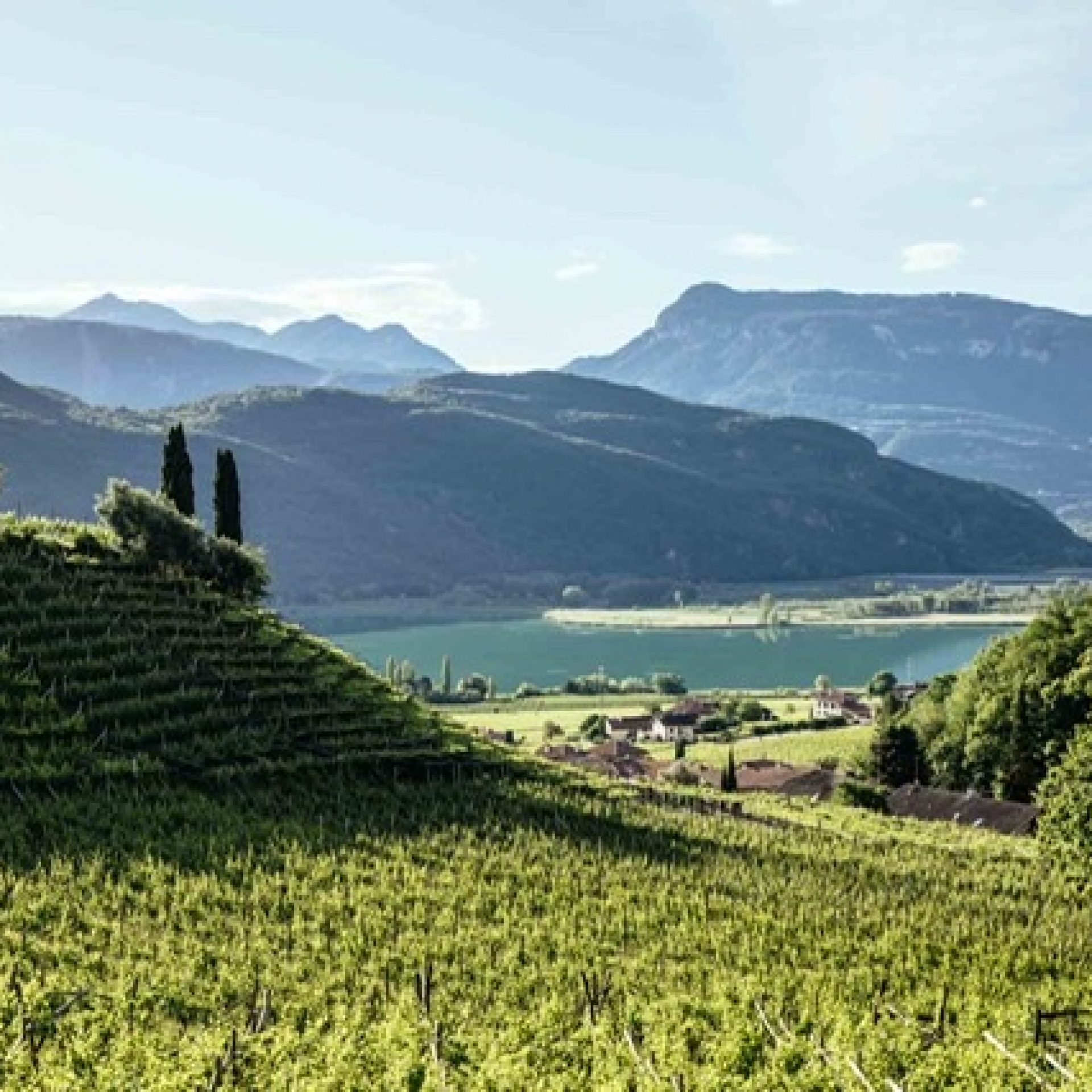
When grown in Santa Maddalena in Bolzano, it tends to be fuller-bodied while those coming from Lake Caldaro are softer and smoother. Uncork one from Merano and you’ll find more spice. But wherever it’s grown, it has the hallmark acidity that Alto Adige-Südtirol is known for as well as mid-level tannins and fresh red berry and floral notes. Plus, since I live in a place with lots of heat and humidity, I love that this is one of those “chillable” red wines. Yes, do not be afraid to chill your lighter-bodied red wines in summer. Oh, and don’t forget the price. Most of these wines can be had for around $15-20.
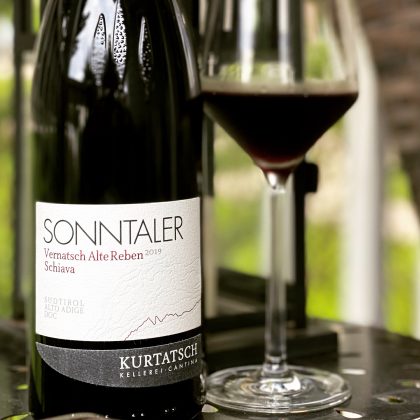
Looking for some cuisine to pair with your Schiava? It’s an extremely versatile wine that can pair with veal, pasta, young cheeses, pork, and more. Even a richer style of fish would be at home with lighter styles. Want to pair with some traditional South Tyrolean fare? Whip up some knödel, the region’s delicious dumplings, which can be made with cheese, speck, spinach and more. Or closer to home, pack a picnic lunch with ham and cheese on ciabatta. I dare say that this can be the versatile friend that you bring to Thanksgiving dinner. Think how cool you’d be!
Lagrein
Bold, dark, and tannic, Lagrein is on the other end of the spectrum when it comes to red wines from Alto Adige-Südtirol. With its spiritual home in Bolzano, Lagrein had nearly died out by the end of the 1970s. But it’s been on a comeback in recent years and is garnering quite the fan base. Don’t call it a comeback…so yeah, Mr. Smith aka LL Cool J is now in my head…
As Schiava is light and floral, Lagrein is darker and more brooding. Its high level of anthocyanin (those heart healthy red, blue, and purple pigments found in plants) gives it a deep, dark color in the glass. Thought to be related to Trentino’s Teroldego (DNA analysis suggests is descends from Teroldego), it loves the sun-baked vineyards of northeast Italy. It’s even begun to find its way outside the corners of Alto Adige-Südtirol and is increasingly being planted in Australia.
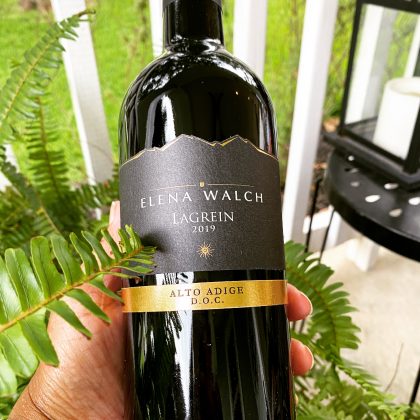
Lagrein is mostly bottled as a varietal wine, though it’s a companion to Schiava in the aforementioned Santa Maddalena wines to add heft and structure. These wines are full-bodied and coat the tongue like velvet – but still with the region’s notable acidity and mineral edge. Red and black berry fruits, plum, violets as well as earthy notes can be found. Think beef, game, and aged cheeses when bringing this one to the dinner table. I’m also thinking a little smoky Texas BBQ. Because it’s definitely grilling season!
In my neck of the woods and looking for the red wines of Alto Adige-Südtirol? Our friends at Total Wine as well as local shops Vinology and Houston Wine Merchant have a few to try. And of course, always check Wine.com.
I was even able to find a Schiava rosé! And what a lovely rosé it was. With all the fresh, ripe fruit, it was like summer in a bottle.
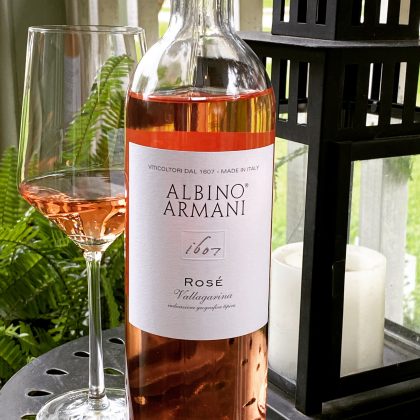
I have to say that articles like this remind that I’ve yet to really explore Italy during my travels. I’ve traveled all around it – Croatia, Slovenia, Austria, Germany, Switzerland, France and more – but only Venice when it comes to Italy. Well I’m going to fix that! And soon!

And while I’ve shared my thoughts on the indigenous red wines of Alto Adige-Südtirol, do take the opportunity to try some of the other reds of the region. That Pinot Nero aka Pinot Noir could be life changing.
Note: Cover Image Courtesy of Südtirol Wein – Vino Alto Adige Facebook

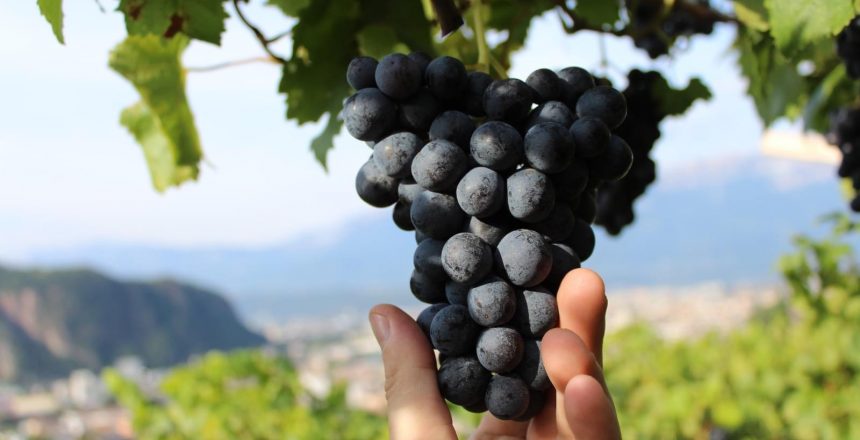

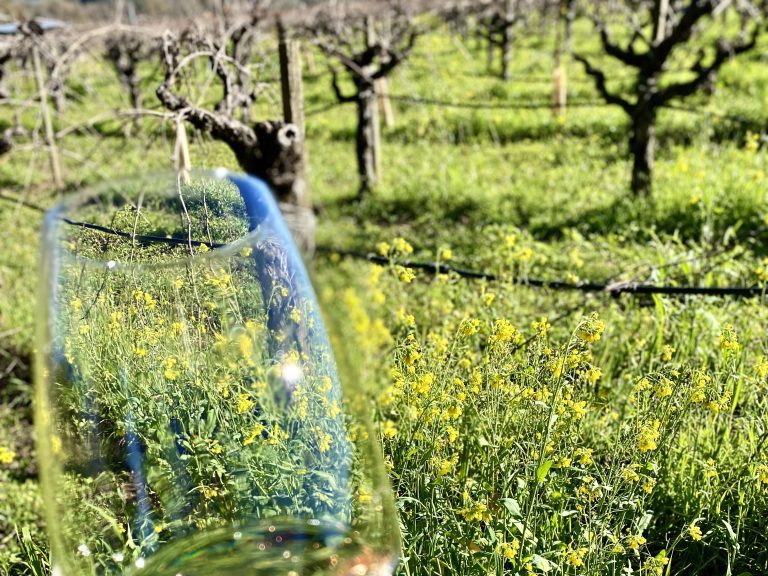
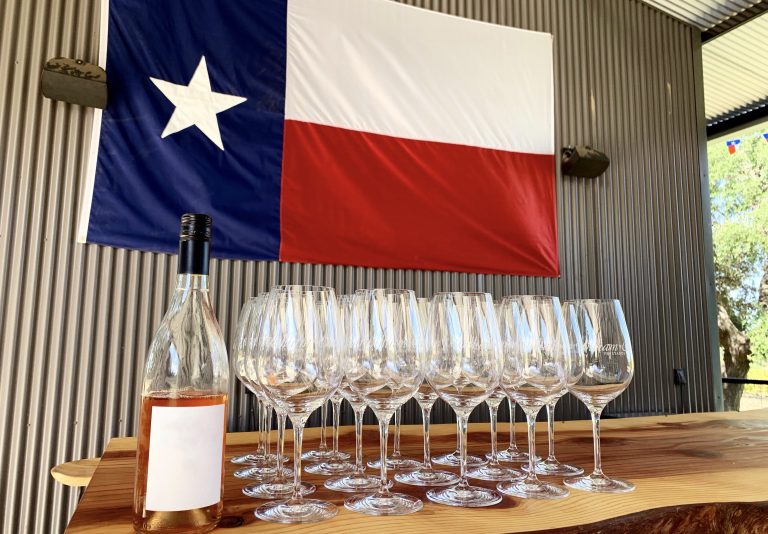

2 Comments
Robin Renken
•3 years ago
There are so many wonderful wines out there and I have not had a Schiava or a Langrein in way too long. While I’ve never visited, I’ve always found this to be a fascinating region. Add another to the bucket list!
Kat
•3 years ago
I agree, it’s such a fascinating region. I would love to visit in person one day.